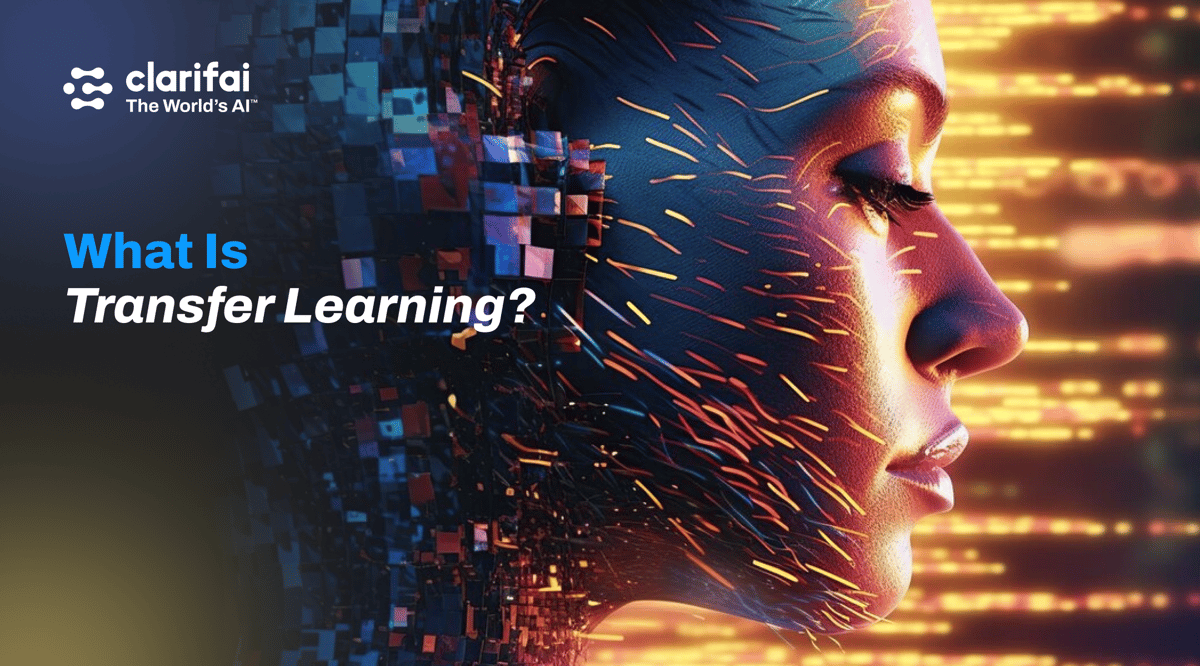
Transfer learning has been influencing the AI and ML (machine learning) landscape for decades.
Unlike deep training from scratch, which heavily relies on precise data sets, transfer learning has upended the learning process for novel tasks by allowing AI systems to build upon existing knowledge.
AI models with transfer learning can leverage previously learned concepts, significantly reducing the learning curve. This adaptability proves invaluable for tasks with limited or specialized data, unlocking once-unattainable solutions.
The worlds of artificial intelligence and machine learning are always evolving. Long before ChatGPT broke into the public consciousness, transfer learning was emerging as a new and powerful approach.
Transfer learning has introduced a new paradigm, allowing AI systems to build upon pre-existing knowledge, thereby streamlining the learning process for novel tasks.
Over decades, transfer learning has redefined how machines learn and apply knowledge. While longer-standing machine learning training methods have been instrumental in AI's evolution, it relies heavily on precision and familiarity with data sets. Transfer learning has introduced a new paradigm, allowing AI systems to build upon pre-existing knowledge, thereby streamlining the learning process for novel tasks. The key unlock Efficiency.
Instead of starting from scratch each time, AI models equipped with transfer learning capabilities can tap into previously learned concepts, dramatically reducing the learning curve. This adaptability is particularly advantageous in scenarios with limited or specialized data, offering solutions previously deemed unattainable.
Transfer learning is highly versatile. It can be applied across a spectrum of domains, from image recognition to natural language processing. Its applications span industries, expanding the use cases that can be augmented with AI.
All of this said, challenges come with any innovative methodology – and transfer learning is no different. For example, with enough of a discrepancy between the source and target tasks (a discrepancy known as the "domain gap") transfer learning can face hurdles. In addition, transfer learning can inadvertently transfer biases from one domain to another, necessitating vigilant oversight to ensure ethical AI practices.
Machine learning, a subset of artificial intelligence, has been evolving since the sixties. Each leap forward has been aimed at enhancing the efficiency, accuracy, and applicability of ML algorithms. From simple linear regressions to neural networks, each breakthrough has improved how machines think, learn, and act autonomously.
With transfer learning, instead of algorithms commencing their learning process anew each time, they now use pre-existing knowledge to fast-track their learning in a new domain.
The concept of machines taking knowledge from one domain and applying it to a different domain is the foundation of transfer learning. With transfer learning, instead of algorithms commencing their learning process anew each time, they now use pre-existing knowledge to fast-track their learning in a new domain.
This adaptability in algorithms has expanded machine learning applications and surpassed the limitations of models that are trained from scratch. By employing previously acquired knowledge for new tasks, transfer learning allows machine learning to have a positive impact even in domains where data might be sparse or of varying quality.
Transfer learning has emerged as a powerful tool in part because of some drawbacks with deep learning models more broadly. Deep learning models are excellent at identifying patterns in massive datasets. However, they face challenges.
One such challenge is their reliance on vast datasets for optimal function. In niche fields with limited data, this becomes an issue. Additionally, the resources and time to train these models can be daunting. This has led to an undue emphasis on data collection, often sidelining innovative model design, especially for smaller enterprises and researchers.
Transfer learning bypasses the need for extensive datasets and prolonged training periods that is typical with deep learning models.
Transfer learning offers a solution to this challenge by utilizing knowledge from pre-trained models. It bypasses the need for extensive datasets and prolonged training periods that is typical with deep learning models. Instead, models can learn from other models, without needing to start from the ground up.
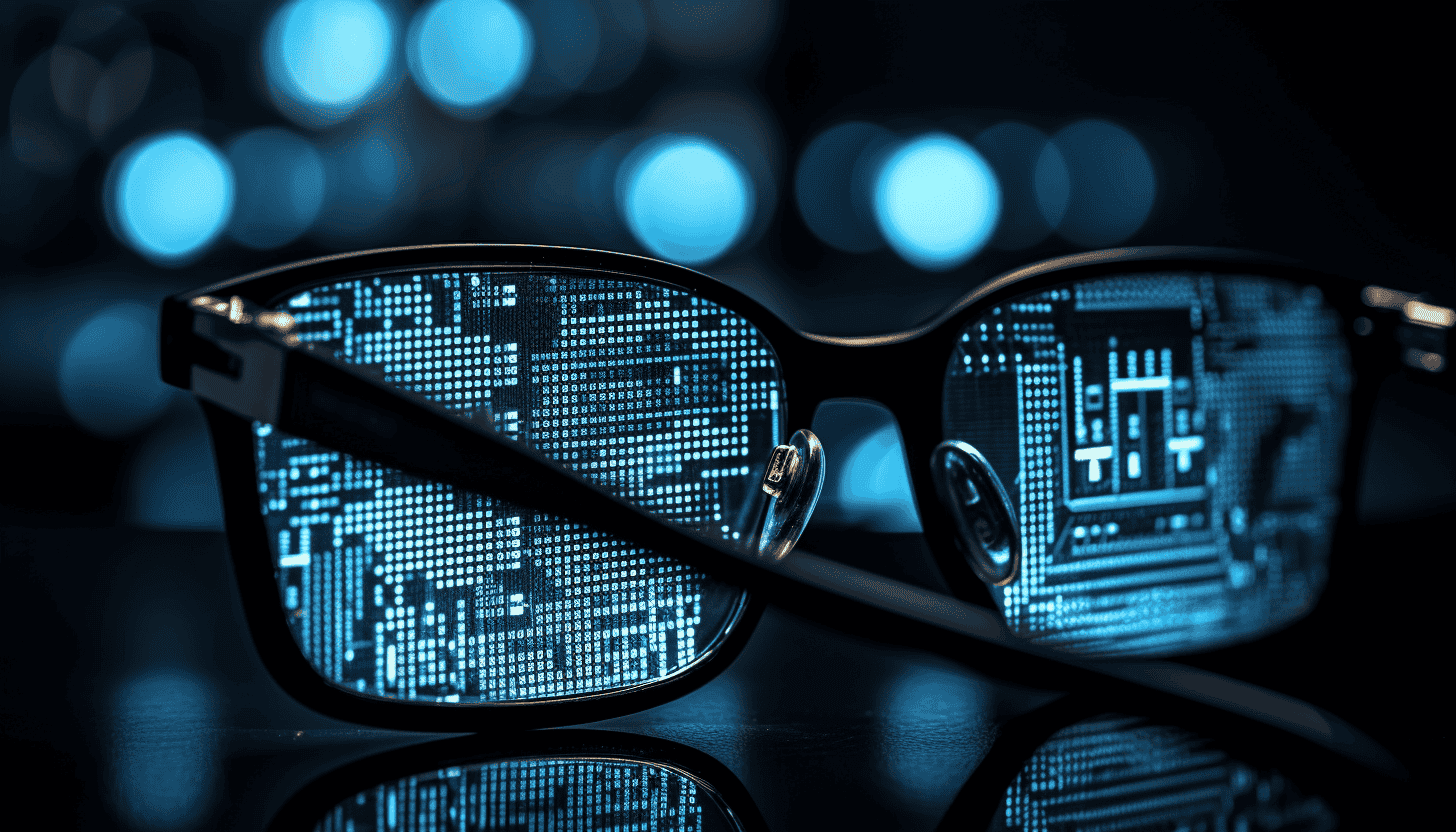
Machine learning models that are trained from scratch are the stalwarts of AI and have had a positive impact in industries from healthcare to finance. However, as with any innovation, there are limitations as well as strengths.
For decades, deep training from scratch has driven the field of AI forward. These models can be thought of as seasoned chess players, mastering moves and strategies over countless games.
Their strength? Precision and reliability when dealing with familiar scenarios. Their Achilles' heel? Adaptability.
Despite their obvious power, deep trained models require painstaking training for specific tasks. For instance, a model trained to identify images of cats with uncanny precision will do great at this task – but will falter dramatically when asked to differentiate between various bird species.
This is not just a minor hiccup. It symbolizes a more significant problem: the constant need to start from square one when a new task emerges.
Such a methodology is not just inefficient; it’s resource-intensive. It demands vast amounts of data, substantial computational power, and, most crucially, time. It's akin to a master pianist having to relearn the basics of music theory when attempting a new instrument. While the underlying principles might be similar, the application is starkly different.
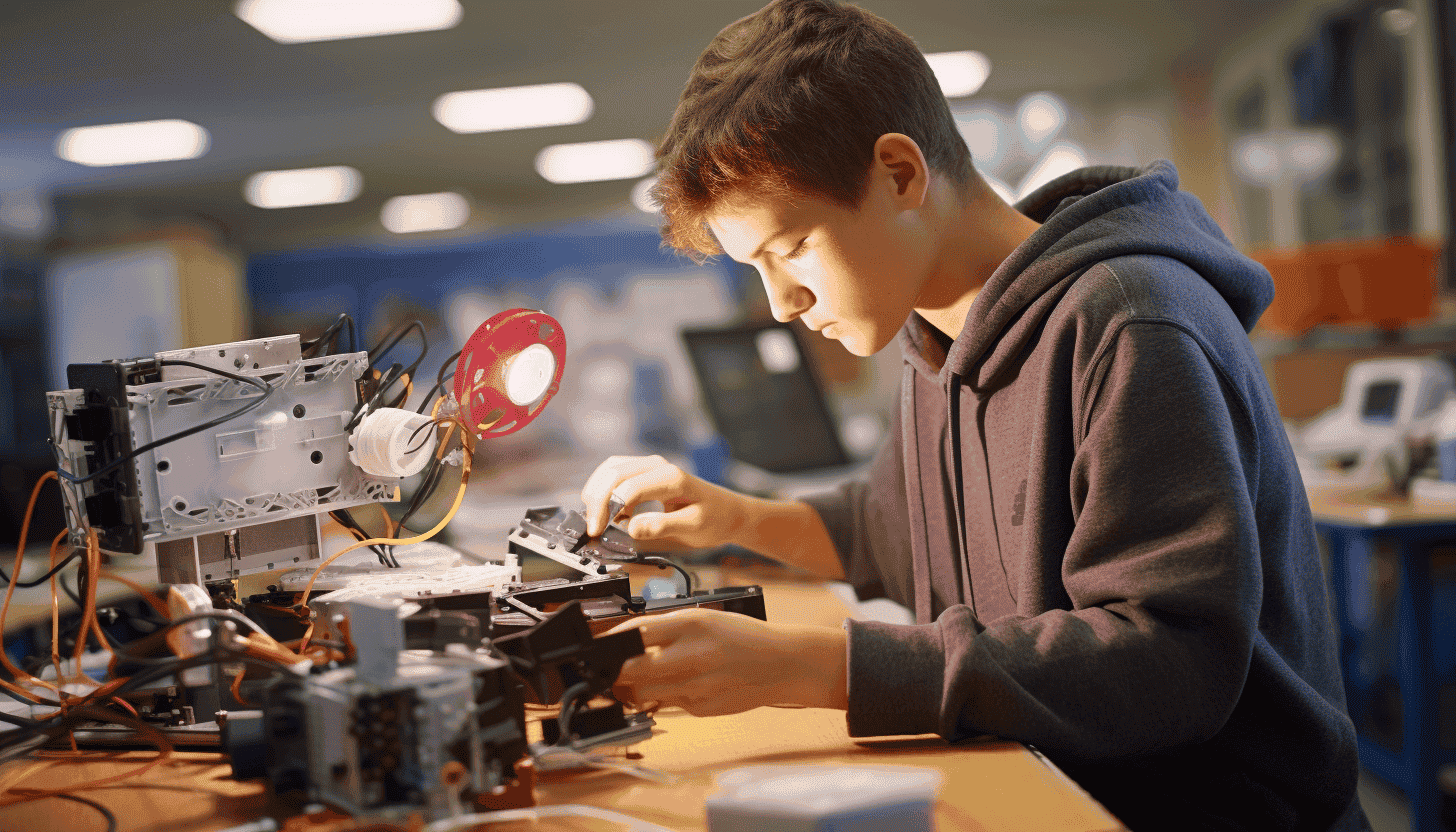
Let’s look at two different types of transfer learning: fine-tuning and domain adaptation. Both fine-tuning and domain adaptation are strategies used in transfer learning, but they have different focuses and applications.
Fine-tuning is a process where a pre-trained model is further “tuned” with a very small learning rate on a smaller, usually domain-specific, dataset.
Fine-tuning is a process where a pre-trained model is further “tuned” with a very small learning rate on a smaller, usually domain-specific, dataset. This is especially common in the context of deep learning where models trained on large datasets are adapted to perform tasks in a specific domain.
In fine-tuning, you have the flexibility to decide which portions of the model you want to train and how you want to train them. Typically, it involves adjusting the weights of the pre-trained model with a smaller learning rate, but the strategy can vary depending on the task, amount of labeled data available, and desired level of adaptation. The objective is to make the pre-trained model perform well on a related but different task by leveraging the knowledge it gained during its initial training.
When fine-tuning, you can choose to fine-tune all the weights of the model; a smaller learning rate is often used to avoid catastrophic forgetting, which is an undesired result where the model forgets previously learned valuable features.
Alternatively, you might choose to only train the last few layers of the model and keep the earlier layers frozen. This is often done when the initial layers capture more generic features that are broadly applicable, while the later layers capture more task-specific features.
Another common strategy is to replace the head (final layers) of the model with new layers suitable for the new task and train only those new layers. The earlier layers can be frozen to retain the learned features from the pre-trained model.
Domain adaptation focuses on adapting a model trained on a source domain to perform well on a different, but related, target domain, often when there is a distribution shift between the source and target domains.
Domain adaptation focuses on adapting a model trained on a source domain to perform well on a different, but related, target domain, often when there is a distribution shift between the source and target domains. Domain adaptation is useful when labeled data are scarce or unavailable in the target domain but abundant in the source domain. The objective is to enable the model to generalize well to the new domain despite differences in data distribution between the source and target domains.
Fine-tuning focuses primarily on tuning the model parameters to learn a new task, whereas domain adaptation adapts the model to a new domain where the data distribution might be different. One key difference is that fine-tuning requires labeled data from the new task for re-training, whereas domain adaptation is useful when labeled data are scarce or unavailable in the target domain.
Let’s consider an example to make this less abstract. Consider a model trained to recognize vehicles (source domain), and you want to use it to recognize taxis (target domain).
You might fine-tune the pre-trained vehicle recognition model on a new dataset consisting specifically of taxis, where the taxi images are labeled. Here, you adjust the model parameters and train the model to learn the specific features and characteristics of taxis, which might be distinct from other vehicles.
Suppose the taxis (target domain) are often captured under varied conditions, lighting, or perspectives compared to the original diverse vehicle dataset (source domain). In this scenario, you would apply domain adaptation techniques. For instance, if the original model is trained predominantly on images of vehicles during the day, and you want it to recognize taxis that are frequently photographed at night, there might be scarce labeled nighttime taxi data available. Through domain adaptation, you attempt to mitigate the distribution shift between day and nighttime conditions, enabling the model to recognize taxis accurately under different, potentially unseen conditions, without extensive labeled data in the target domain.
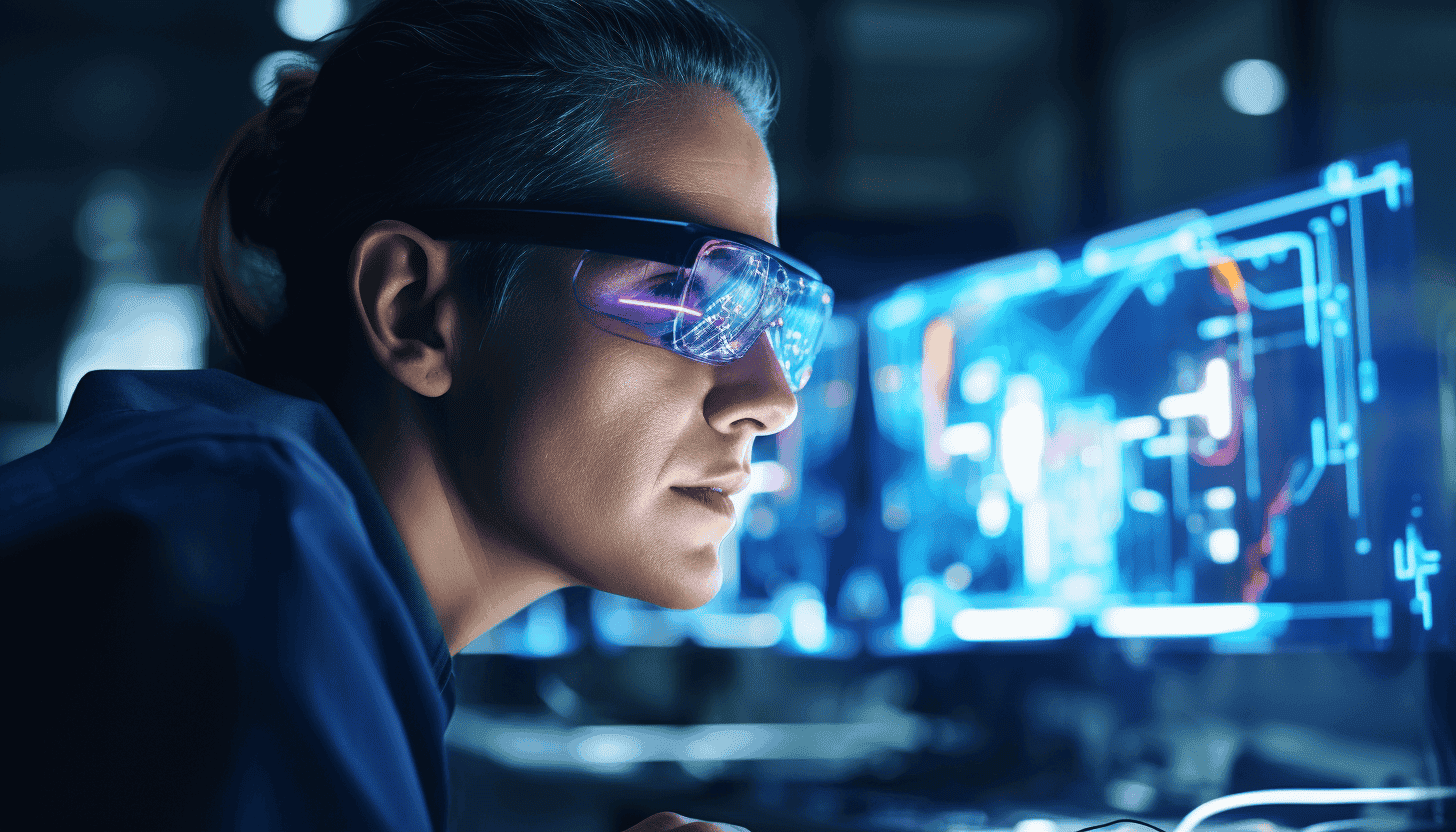
In the competitive world of artificial intelligence, efficiency is everything. And above all, transfer learning offers a route to boost efficiency.
Transfer learning allows AI models to capitalize on previously learned concepts. The result? A dramatically reduced learning curve, faster results, and substantial savings in computational resources.
Because transfer learning allows AI models to capitalize on previously learned concepts, a huge amount of time and effort is avoided. When introduced to a new task, the algorithm doesn't grope in the dark. It relies on its prior knowledge, adapting and fine-tuning its understanding to fit the new task's requirements. The result? A dramatically reduced learning curve, faster results, and substantial savings in computational resources.
In machine learning, data is king. The more data you have, the better your model typically performs. But in many real-world situations – whether due to privacy concerns, resource constraints, or the sheer novelty of the task – sometimes, acquiring copious amounts of data is a challenge.
In scenarios where data is scarce or expensive, transfer learning can produce surprisingly accurate results. This advantage isn't just beneficial — it's transformative.
However, transfer learning doesn’t bring the same data pressure. A transfer learning model can dip into a reservoir of prior knowledge, drawing inferences. Such capability means that even when faced with a relatively modest dataset, transfer learning can still produce accurate results.
Transfer learning is powerfully versatile. Consider image recognition. An AI model trained to identify animals could, with the help of transfer learning, be adapted to recognize specific bird species or even different breeds of dogs.
In the domain of natural language processing, a conversational agent initially designed to handle customer support could be retrained to provide personalized product recommendations.
Across industries, transfer learning facilitates AI solutions that are adaptive, innovative, and able to expand into new use cases thanks to an inherent flexibility.
As with any transformative technology, transfer learning doesn't come without its share of challenges. Let's delve into some of the potential pitfalls and challenges that come with transfer learning.
Biases, often deeply ingrained in datasets, are reflections of societal norms, stereotypes, and prejudices. Transfer learning, by its very nature, can serve as a conduit for these biases.
In an age where ethical considerations in AI are front of mind, the issue of biases is important. Biases, often deeply ingrained in datasets, are not merely technical glitches; they are reflections of societal norms, stereotypes, and prejudices. When these biases go unchecked, AI models can produce outputs that are inaccurate and even harmful.
Transfer learning, by its very nature, can serve as a conduit for these biases. As it taps into knowledge from a source domain to inform decisions in a target domain, there exists the risk of transferring not just useful knowledge, but also embedded biases. If, for instance, a model trained on biased recruitment data from one industry is adapted for another, it could perpetuate exclusionary hiring practices, even if the new domain had no such issues initially. Recognizing and mitigating these biases is critical.
One of the fundamental assumptions in transfer learning is that the source and target domains share some underlying commonalities. The wider the domain gap, the harder it becomes for models to generalize effectively.
One of the fundamental assumptions in transfer learning is that the source and target domains share some underlying commonalities. After all, knowledge from a domain is only transferable if there are similarities in the nature of tasks, data distribution, or underlying patterns.
But what happens when the domains diverge too much? This phenomenon, termed the "domain gap," can lead to inefficiencies in transfer learning. If an AI trained to recognize marine life is suddenly tasked with identifying celestial bodies, the knowledge transfer would be, at best, limited.
The wider the domain gap, the harder it becomes for models to generalize effectively. Addressing this requires careful selection of source tasks and domains. The onus is on practitioners to ensure that the source domain is relevant, and the knowledge gleaned from it is truly applicable to the target domain.
Here at Clarifai, we are asked "What is transfer learning in AI?" every day. Here's why every enterprise, whether a nascent startup or an established enterprise, should be considering how transfer learning can help them meet their business goals.
Monetary Benefits
By adapting pre-trained models to novel tasks, businesses can achieve the desired results with fewer resources.
Operational Efficiency
Driving Innovation

Many industries are constrained by data availability and computational resources, and are in search of new ways to execute old tasks. Against this backdrop, transfer learning has a wide range of applications.
1. Embracing Language Nuances in Newspaper Classification
The results exemplify transfer learning's ability to manage linguistic complexities, ensuring efficient and precise categorization even with limited data.2. Quality Assurance in Metal Casting Through Deep Transfer Learning
The research showcased how transfer learning can forge models that are robust, accurate, and data-efficient. This new approach signaled a pivotal shift in quality assurance, leading to optimized manufacturing processes, higher product quality, and diminished rejection rates.3. Redefining Footwear Classification Using Transfer Learning
Transfer learning enabled machines to discern various types of footwear with near-human accuracy, revolutionizing footwear classification and setting the stage for broader applications in the fashion sector.1. Medical Breakthroughs with Enhanced Diagnoses
2. Financial Predictions Optimized
3. Questions of Data Privacy
4. Addressing Model Bias and Ethical Considerations
These sectors can benefit from swift model training and adaptation, as the tech can help various sectors leverage existing information to drive decision-making.
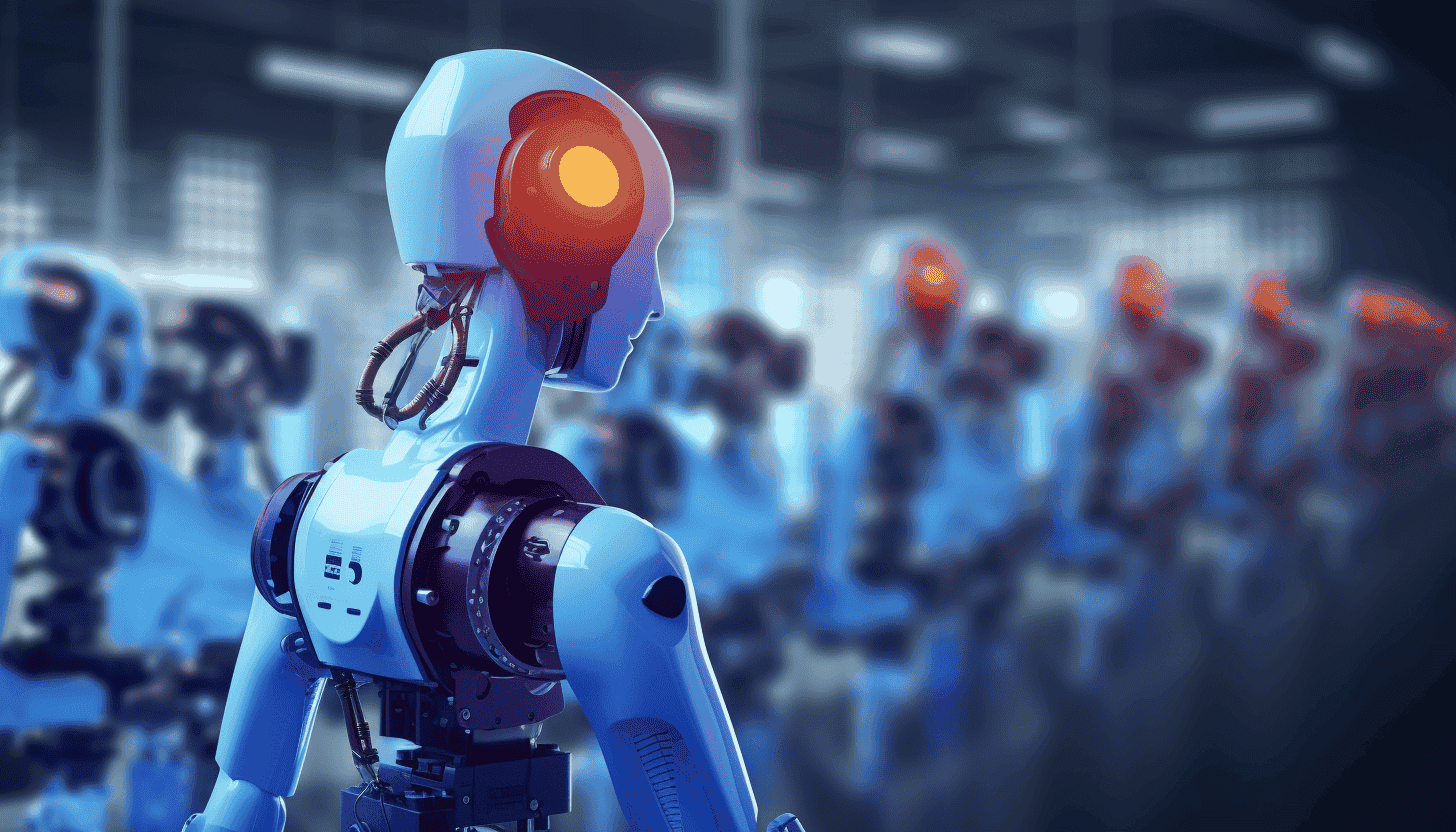
Here at Clarifai, by leveraging the power of transfer learning, we have provided solutions that reduce the barriers of entry for many businesses seeking the benefits of AI without high costs or lengthy development periods.
We recognize the value of transfer learning in optimizing and expediting the AI model training process. By harnessing pre-existing models and adapting them to specific tasks, we have effectively provided solutions across a multitude of sectors. These range from visual recognition tasks in retail, where product categorization is vital, to more complex tasks like detecting anomalies in security footage.
Understanding the growing concerns surrounding data privacy, we ensure that all applications involving transfer learning uphold the highest standards of data protection. The models are designed to extract generalized knowledge without retaining specific, sensitive details from the source data. In addition, the company maintains a strong commitment to ethical AI, constantly refining models to minimize bias and ensure fairness in predictions.
For businesses and individuals eager to delve deeper into the world of AI and transfer learning, we offer a wealth of resources. Whether you're just beginning your journey or seeking advanced insights, our dedicated platforms, webinars, and newsletters provide valuable information to guide you.
If you're looking to scale and deploy custom models, open-source models, or third-party models, Clarifai’s Compute Orchestration lets you deploy AI workloads on your dedicated cloud compute or within your own VPCs, on-premise, hybrid, or edge environments from a unified control plane without vendor lock-in. Checkout Compute Orchestration.
© 2023 Clarifai, Inc. Terms of Service Content TakedownPrivacy Policy






© 2023 Clarifai, Inc. Terms of Service Content TakedownPrivacy Policy